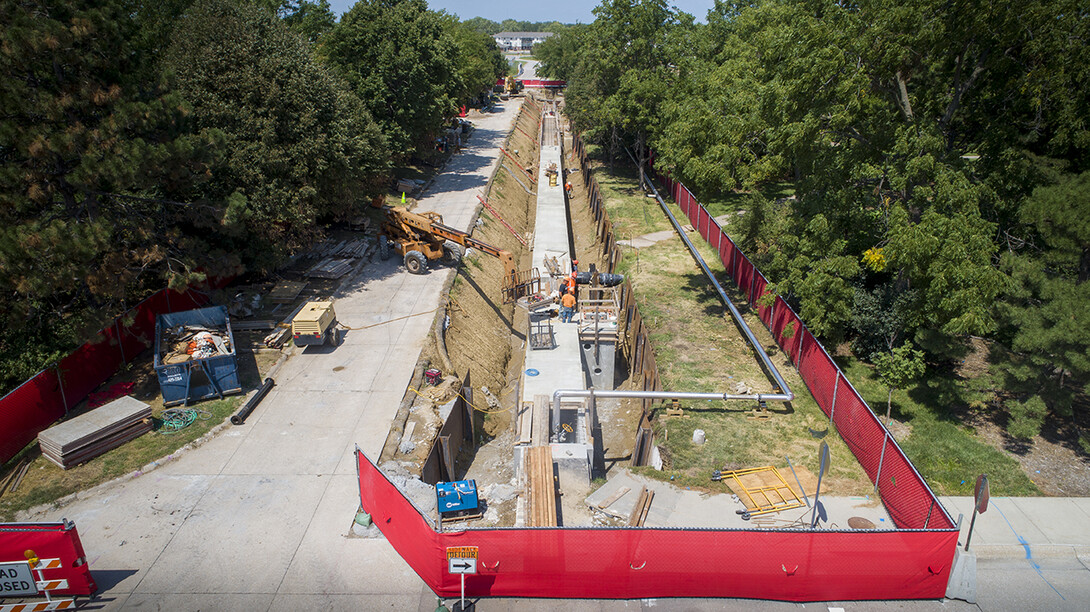
The walls were closing in — had been since the 1960s, really.
Slowly and subtly, sure, but enough that Charlie Griesen felt the need to call in reinforcements some 15 years ago. Now, even the backups were bowing to the unyielding pressure.
There was no denying it: The thing was veering toward the verge of collapse, an issue that Griesen’s team had been carefully monitoring for years. If the team didn’t act, the operation was bound to run out of steam.
So, around mid-April, Facilities Planning and Construction broke ground on its long-planned response to the problem: overhauling a stretch of steam tunnel that extends nearly 500 feet north from the intersection of North 38th Street and the East Campus Loop.
“Rather than waiting for it to fail, we’re proactively getting in there and replacing this section,” said Griesen, a construction coordinator at the University of Nebraska–Lincoln.
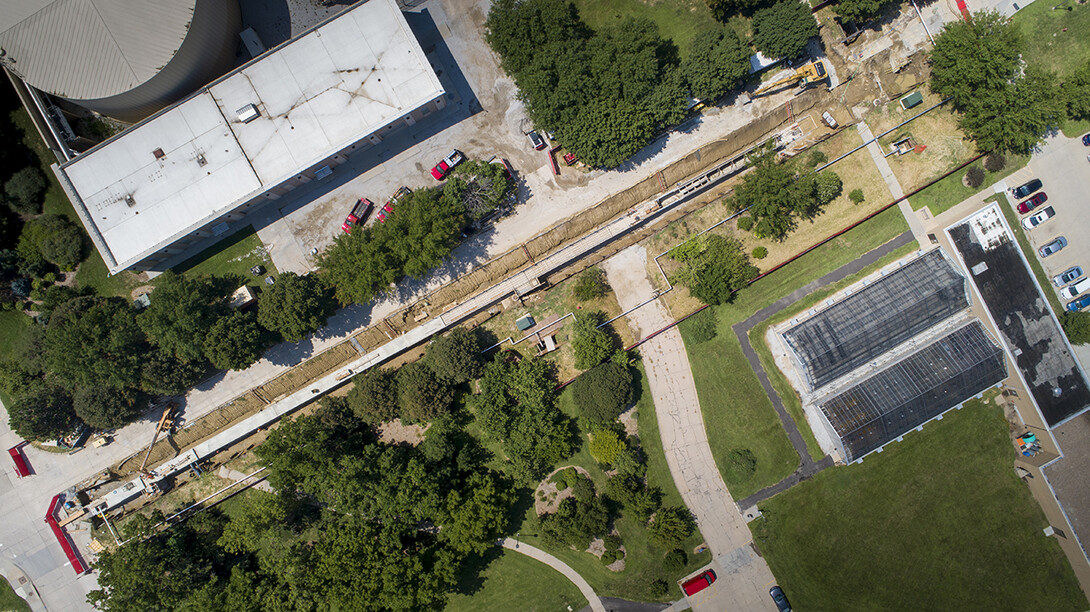
Slated for completion before the end of September, the $3 million project will ensure a continued supply of heat, chilled water and hardwired internet to neighboring laboratories and greenhouses on East Campus.
The previous tunnel, a block wall construction whose sides had taken on a concave warp imposed by pressure from the surrounding soil, lasted over 50 years. Its replacement, which will consist of poured concrete reinforced with bracing that was initially missing from its predecessor, is being built to endure roughly twice that long, Griesen said.
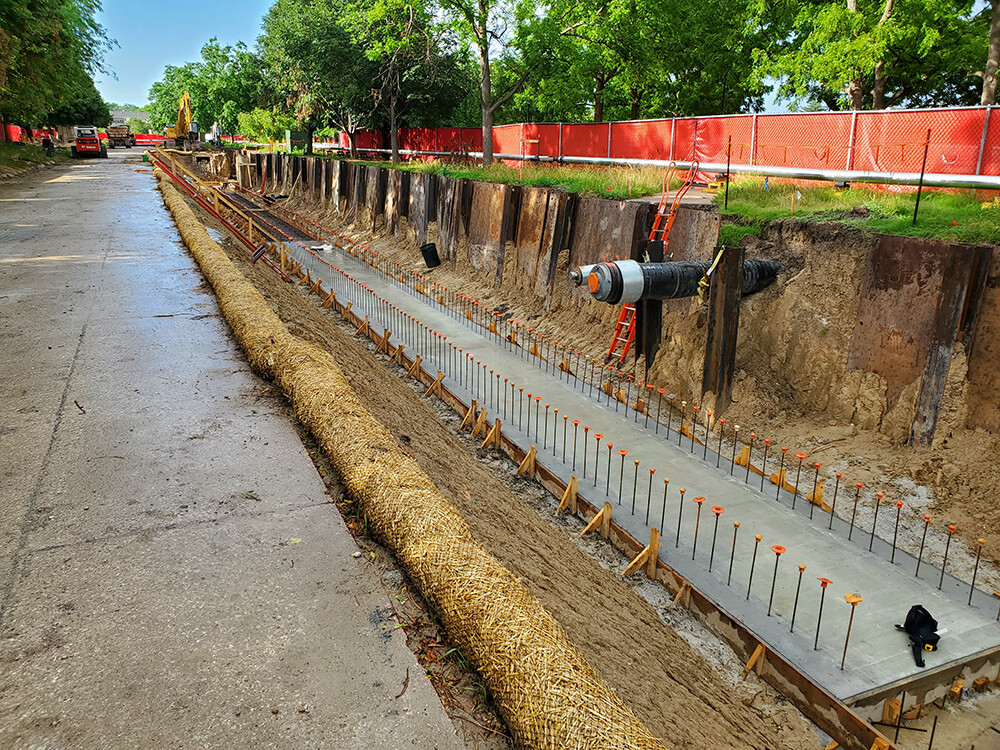
As part of that process, the team has expanded the tunnel’s relatively tight quarters to better accommodate future repair crews. It’s also adding a buffer of soil atop the tunnel to account for an overlying sidewalk that was previously a little too close for construction.
“Every time they went to do sidewalk maintenance, they’d poke holes in the lid of the tunnel,” Griesen said. “So we’re putting in dirt between the sidewalk and the tunnel to allow them to do modifications to the sidewalk without impacting the tunnel structure.”
Challenges and surprises abound on every construction project, Griesen said, and the tunnel has presented its fair share. Before contractors could even demolish the original tunnel, they had to spend weeks building parallel lines of fiber optics and chilled water piping to account for what they would be removing and maintain service to adjacent buildings. Certain segments of the existing steam piping had deteriorated more than expected, requiring replacement of their own. And the footing of some nearby telecommunications structures encroached on the tunnel’s planned footprint, forcing contractors to build around it.
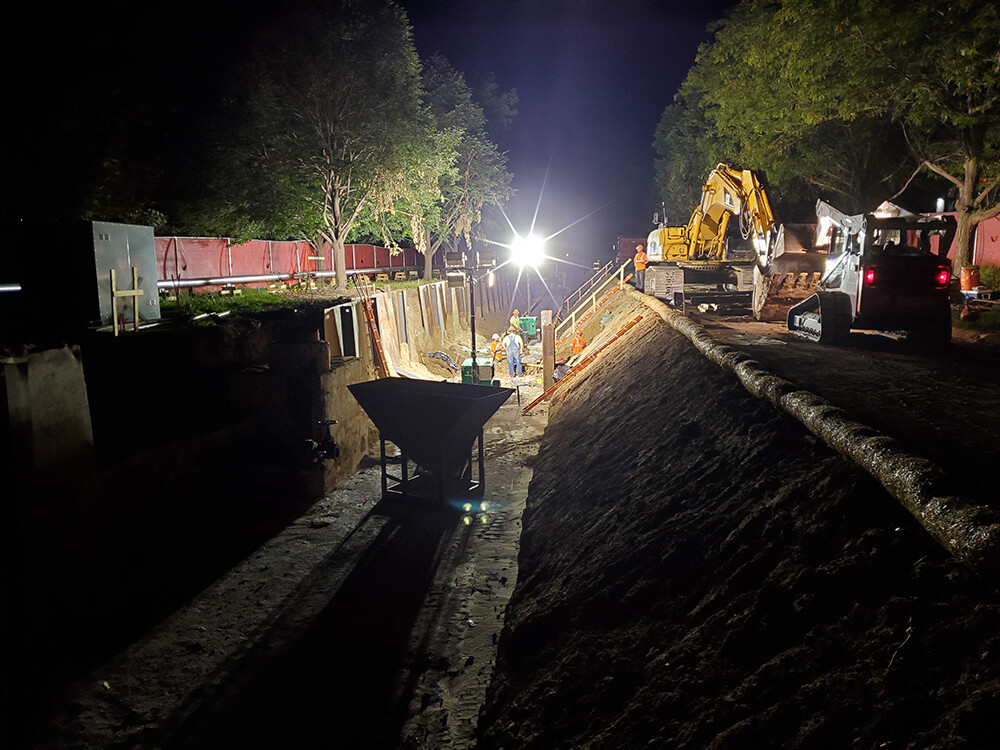
In terms of sheer scale, though, another complication rose to the fore. The project required shutting down North 38th Street, which would normally just result in temporary traffic detours. But in this case, that street was also the only viable route by which fire trucks could reach the surrounding buildings. A nearby bridge was not rated to support the trucks’ weight, and another potential alternative — a loose-gravel road looping around the project — sloped so abruptly at a corner that it made for perilous passage. So Griesen ultimately decided to build a temporary access road in case of emergency.
As on previous projects, many decisions were informed by conversations with university employees who anticipated issues and voiced concerns that Griesen said his team might have otherwise overlooked.
“With large infrastructure projects like this, you usually get a group of campus users together, tell them what you’re planning on doing, try to figure out what their needs are, and work around them,” Griesen said. “Every project is unique, and the needs change for everything. But through repetition, I’ve learned that there are certain things that need to be accommodated — various things that you can’t ignore, or they’ll blow up in your face. If you don’t account for it in your planning and preparation, then it’s going to be a big expense and delay during the project.”
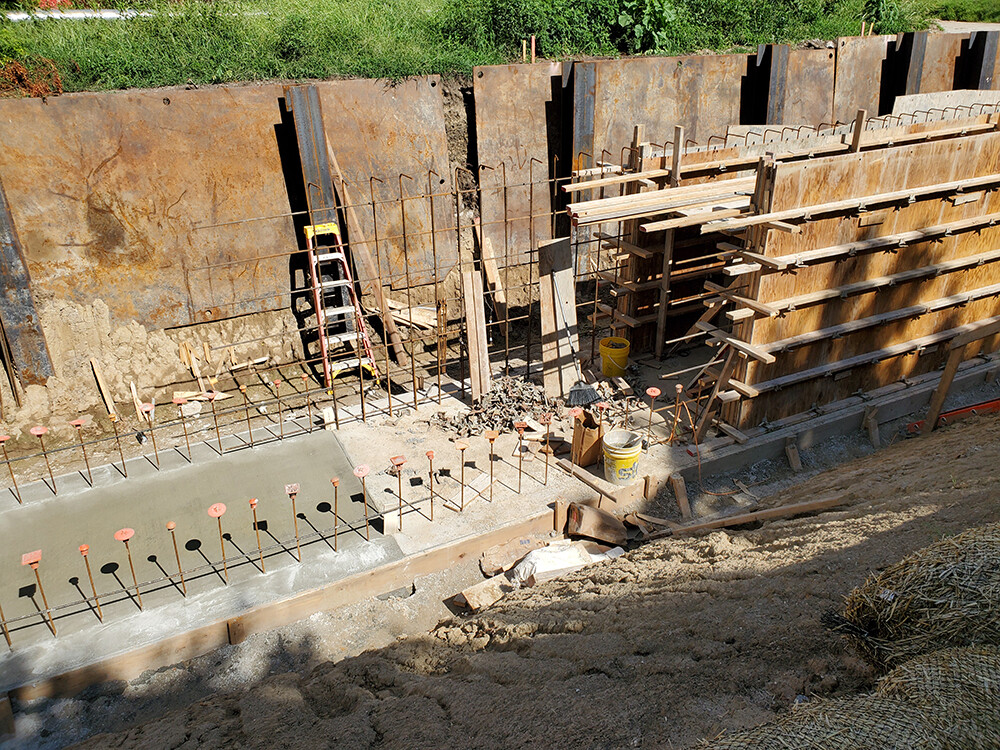
Another development that the team could not have accounted for — the novel coronavirus, which emerged shortly before the project was set to begin — would have been considered a major obstacle under many circumstances. But instead of slowing the project, the outbreak instead accelerated the timeline by hastening the shutdown, and eventual reopening, of North 38th Street.
“We actually were able to shut down the street sooner than we anticipated because (in-person instruction) wasn’t going on back in May,” Griesen said. “And it’s lucky we did that, because we’ve run into some other snags that have delayed the schedule a little bit. So if we hadn’t been there a little early, we’d be that much later.”








